
How to Use LD06AJSA: Examples, Pinouts, and Specs
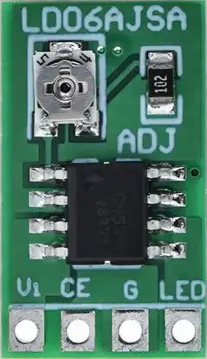
 Design with LD06AJSA in Cirkit Designer
Design with LD06AJSA in Cirkit DesignerIntroduction
The LD06AJSA is a high-performance, low-dropout linear voltage regulator designed for applications requiring a regulated output voltage from a variable input source. This component is commonly used in battery-powered devices, portable electronics, and power supply circuits due to its ability to maintain a stable output voltage over a wide range of input voltages and load conditions.
Explore Projects Built with LD06AJSA
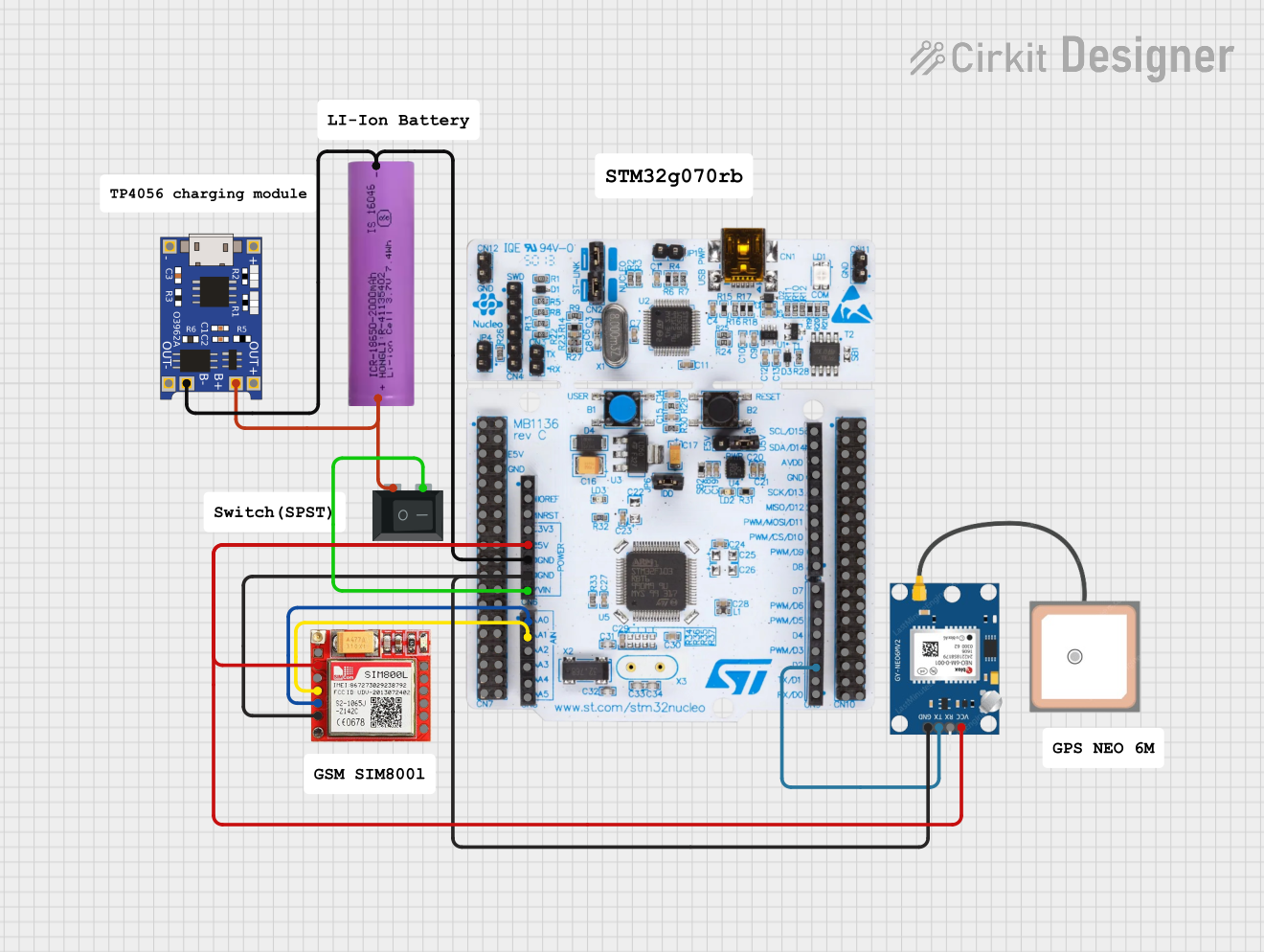
 Open Project in Cirkit Designer
Open Project in Cirkit Designer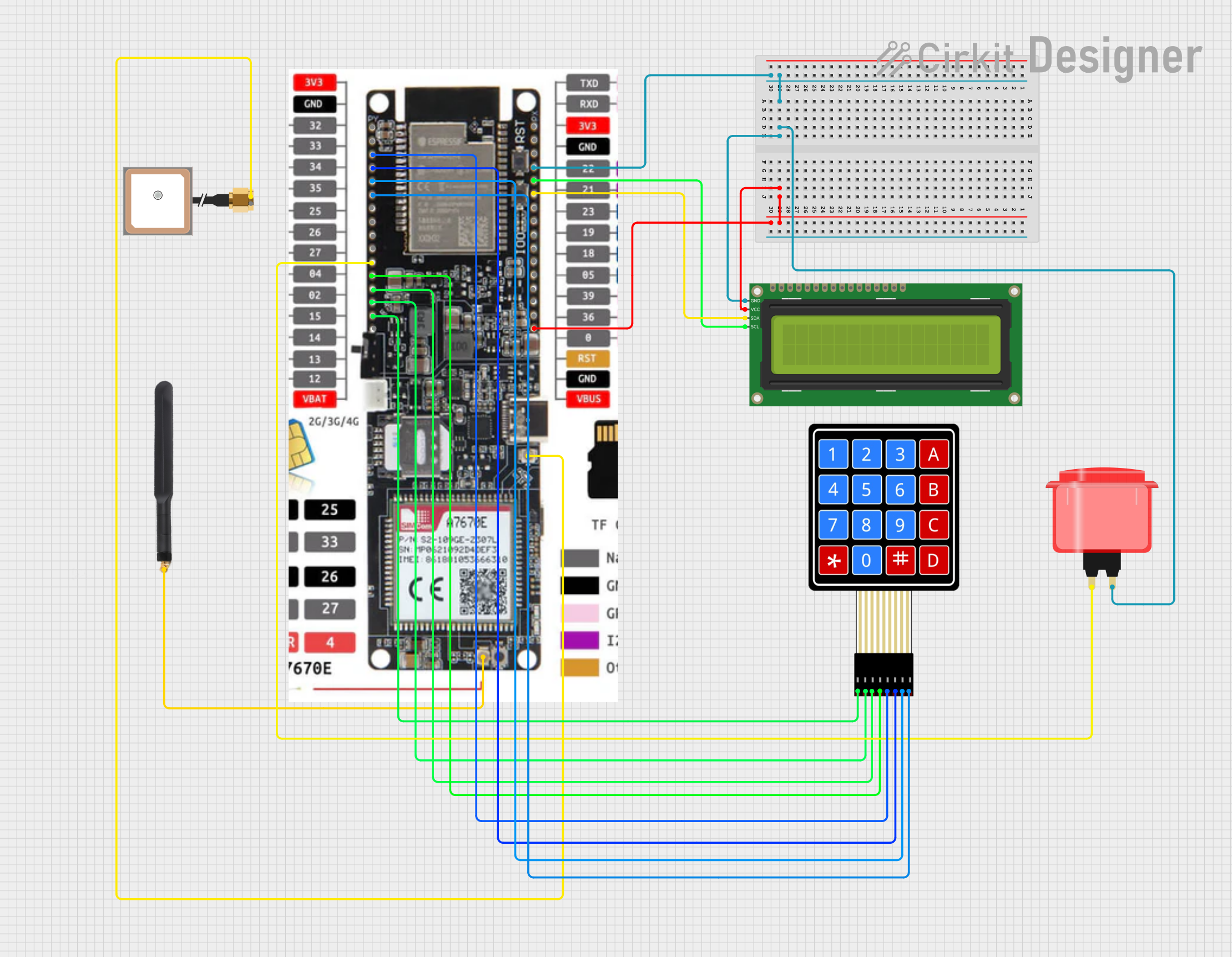
 Open Project in Cirkit Designer
Open Project in Cirkit Designer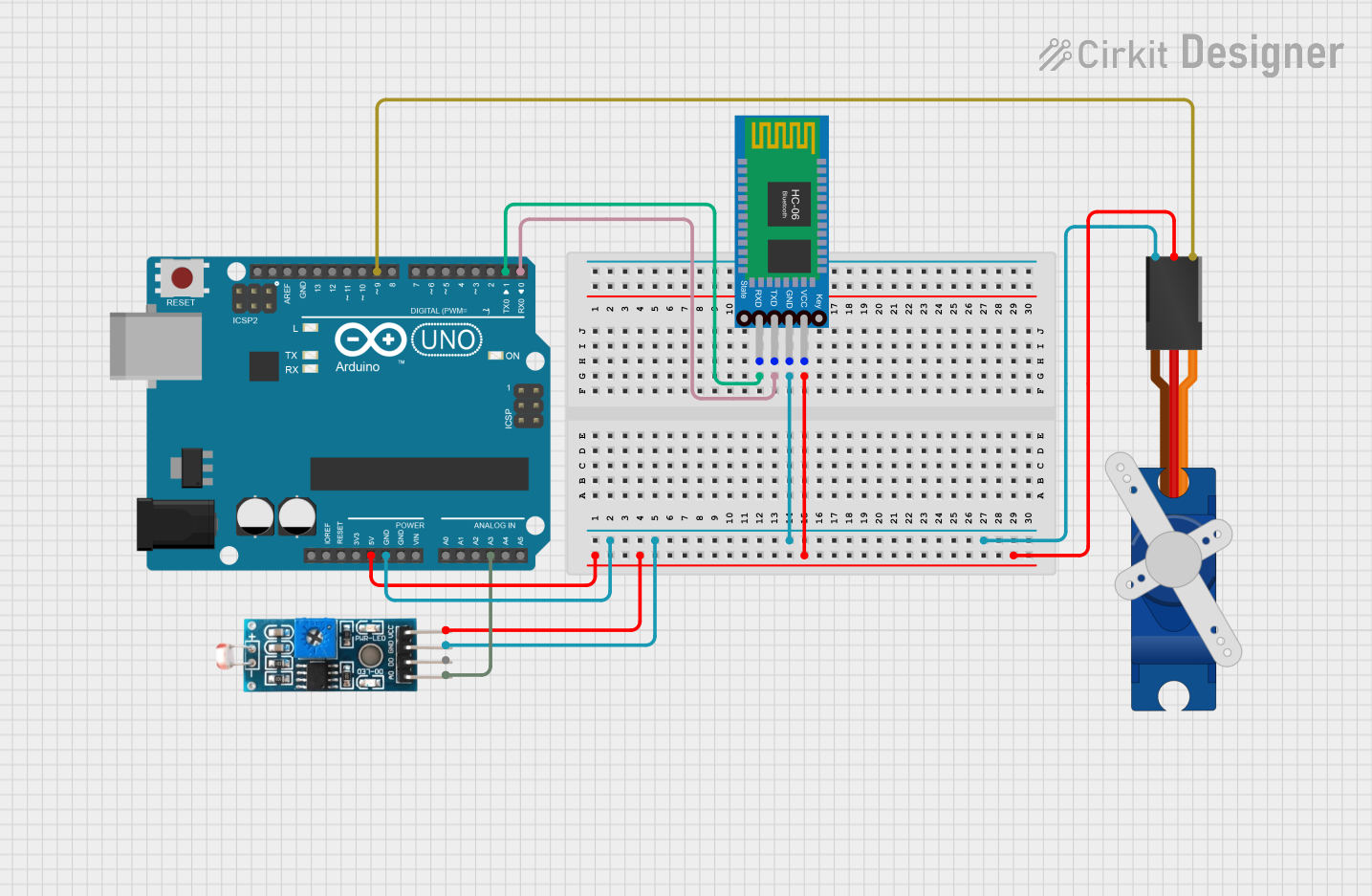
 Open Project in Cirkit Designer
Open Project in Cirkit Designer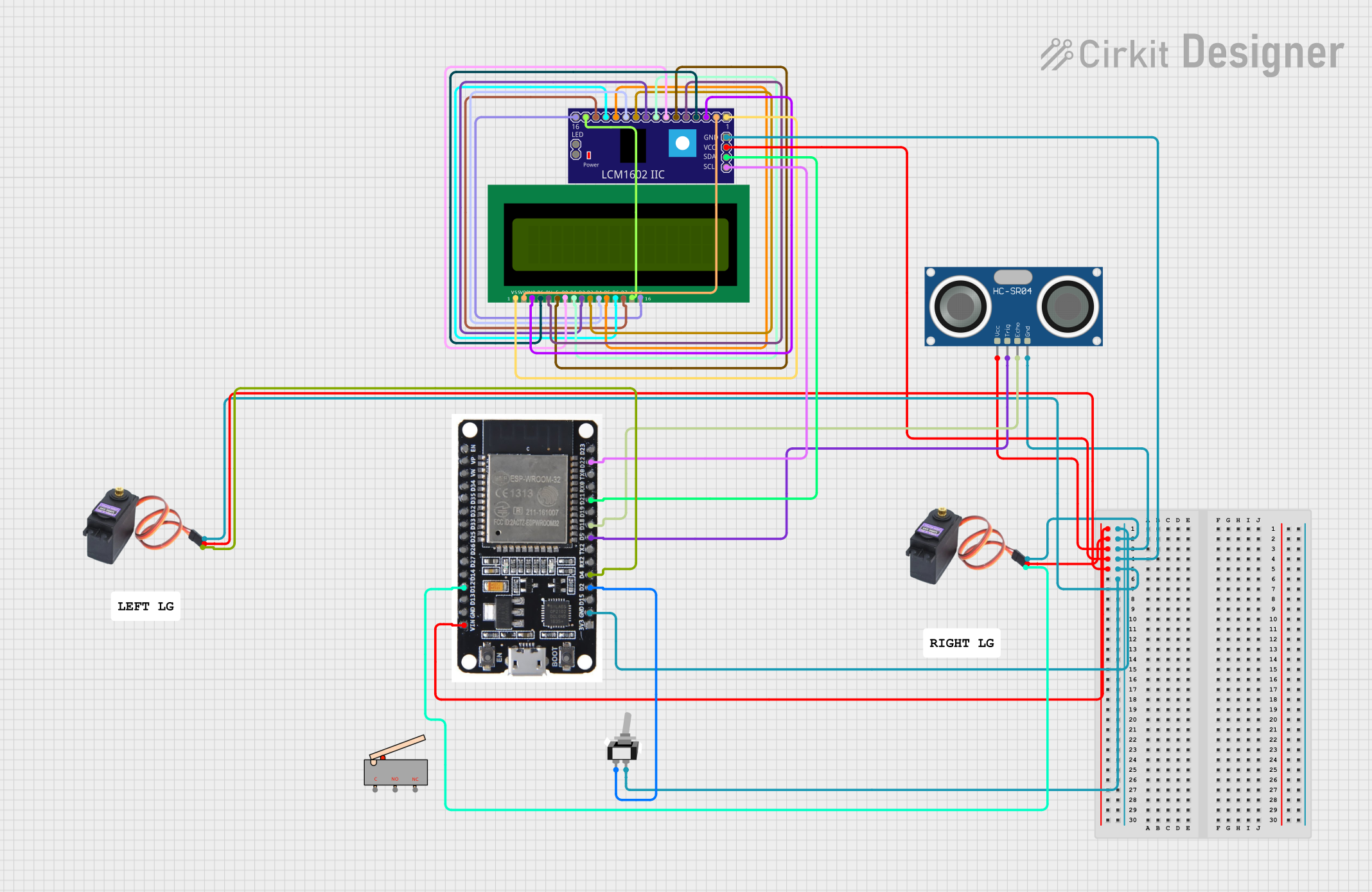
 Open Project in Cirkit Designer
Open Project in Cirkit DesignerExplore Projects Built with LD06AJSA

 Open Project in Cirkit Designer
Open Project in Cirkit Designer
 Open Project in Cirkit Designer
Open Project in Cirkit Designer
 Open Project in Cirkit Designer
Open Project in Cirkit Designer
 Open Project in Cirkit Designer
Open Project in Cirkit DesignerCommon Applications and Use Cases
- Battery-powered devices
- Portable electronics
- Power management in microcontroller systems
- Low-power radio frequency (RF) devices
Technical Specifications
Key Technical Details
- Output Voltage: 3.3V
- Maximum Input Voltage: 5.5V
- Dropout Voltage: Typically 0.1V at 150mA load
- Output Current: Up to 150mA
- Quiescent Current: Typically 50µA
- Package: SOT-23
Pin Configuration and Descriptions
| Pin Number | Name | Description |
|---|---|---|
| 1 | VIN | Input voltage. Connect to the power source. |
| 2 | GND | Ground. Connect to the system ground. |
| 3 | VOUT | Regulated output voltage. |
Usage Instructions
How to Use the Component in a Circuit
- Connect the VIN pin to the positive terminal of your power source, ensuring it does not exceed the maximum input voltage rating.
- Connect the GND pin to the ground of your circuit.
- The VOUT pin will provide a regulated 3.3V output. Connect this to the power input of your device or circuit that requires a 3.3V supply.
- Optionally, add a bypass capacitor (typically 1µF to 10µF) between VIN and GND close to the regulator to improve transient response and noise performance.
Important Considerations and Best Practices
- Always ensure the input voltage does not exceed the maximum rating to prevent damage.
- The maximum output current should not surpass 150mA. Consider heat dissipation and current limiting if operating close to this limit.
- Place the voltage regulator as close as possible to the power input of the load to minimize voltage drops along the traces.
- Use appropriate decoupling capacitors to ensure stability and reduce noise.
Troubleshooting and FAQs
Common Issues Users Might Face
- Output voltage is lower than expected: Check if the input voltage is within the specified range and that the load does not exceed the maximum current rating.
- Regulator is overheating: Ensure that the power dissipation is within the safe operating area. Consider adding a heatsink if necessary.
Solutions and Tips for Troubleshooting
- Verify connections and solder joints for any shorts or opens.
- Measure the input voltage to ensure it is within the specified range.
- Check the load current to ensure it does not exceed 150mA.
- Inspect the bypass and decoupling capacitors for proper value and placement.
FAQs
Q: Can I use the LD06AJSA to regulate a 5V input to 3.3V? A: Yes, the LD06AJSA can regulate a 5V input to a stable 3.3V output as long as the input voltage does not exceed 5.5V.
Q: What is the purpose of the bypass capacitor? A: The bypass capacitor helps to filter out noise from the input supply and provides instantaneous current to the regulator during transient load changes.
Q: How can I improve the thermal performance of the LD06AJSA? A: To improve thermal performance, use a larger copper area for heat dissipation, and consider using a heatsink if the regulator is operating at high loads for extended periods.
Example Code for Arduino UNO
// Define the output voltage pin of the LD06AJSA
const int voltageOutPin = A0; // Analog pin A0 to read the voltage
void setup() {
// Initialize the serial communication at 9600 baud rate
Serial.begin(9600);
}
void loop() {
// Read the voltage from the LD06AJSA output
int sensorValue = analogRead(voltageOutPin);
// Convert the analog reading to voltage (3.3V reference)
float voltage = sensorValue * (3.3 / 1023.0);
// Print the voltage to the Serial Monitor
Serial.print("Output Voltage: ");
Serial.print(voltage);
Serial.println(" V");
// Wait for a second before reading again
delay(1000);
}
Note: The above code assumes that the LD06AJSA output is connected to the A0 pin of the Arduino UNO and that the Arduino is configured to use a 3.3V reference voltage for analog inputs. If the Arduino uses a 5V reference, the calculation in the code should be adjusted accordingly.